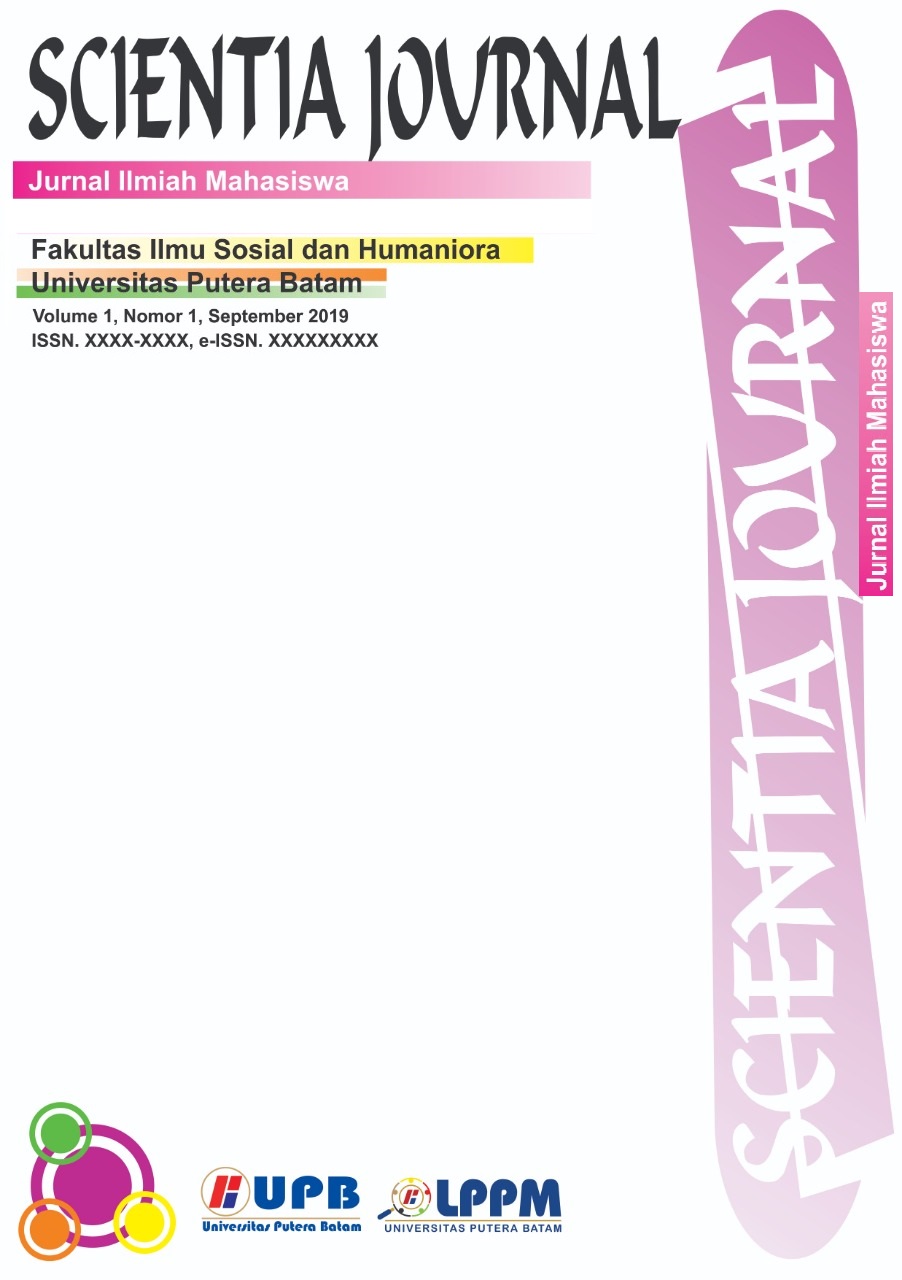ANALISIS KOMUNIKASI KELUARGA ANTARA PERANTAU DENGAN ORANG TUA (STUDI PADA PERANTAU SUMATERA SELATAN DI KOTA BATAM)
DOI:
https://doi.org/10.33884/scientiajournal.v5i3.7874Abstrak
Family communication between migrants (children) and their parents is a verbal and non verbal interaction that occurs between children who live far away from home and their parents. This communication allows them to stay connected, share information, and maintain emotional relationships despite the distance. This research employed a qualitative method, utilizing Mery Anne Fitzpatrick's family relationship schema theory. The theory illustrates communication practices within a family involving the roles of parents and children. The research findings indicate that the forms and patterns of communication adopted by migrants from South Sumatra residing in Batam City are verbal, aligned with the communication practices between children and parents within Fitzpatrick's concept. Through interviews as one of the data collection techniques, researchers discovered how communication occurs using various media such as WhatsApp and video calls, enabling migrants to exchange information with their parents in their hometown. In conclusion, this study demonstrates the significance of family communication between migrants from South Sumatra in Batam City and their parents in the hometown to overcome the obstacle of distance. Effective communication and strong emotional bonds help address this challenge. The family relationship schema theory provides valuable insights into understanding family communication, particularly between migrant children and their parents, which is crucial in maintaining family ties despite the distance and physical separation.
Keywords: Family Communication, Parent-Child Communication, Long-Distance Communication, Migrants





